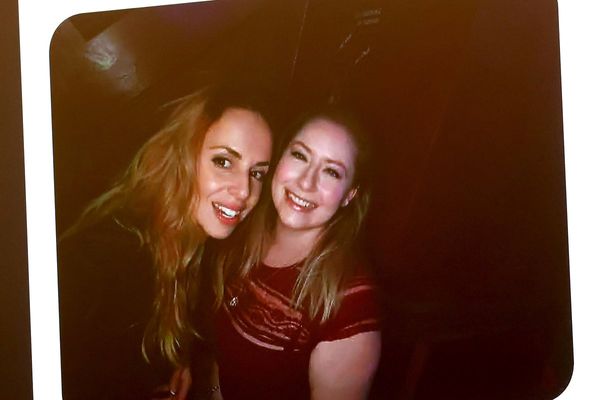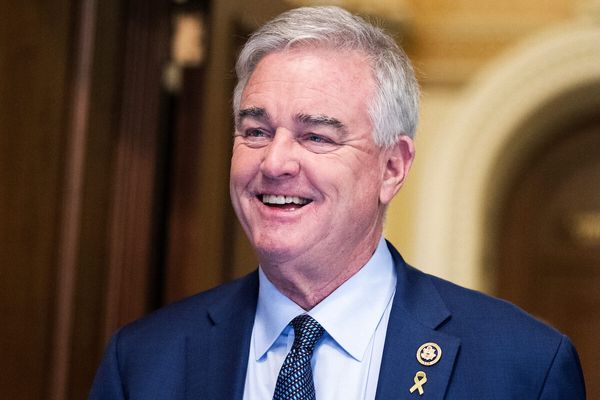
For years before I became the public editor at the New York Times, I admired the work of journalists doing the job of holding their own newsrooms accountable to high standards.
And when I heard that CBS News would get a position something like that, I thought – briefly – that this could be a positive development. After all, the network’s credibility and independence has come under fire after its parent company settled a frivolous lawsuit brought by Donald Trump. Paramount Global, the CBS parent company, was bashed for capitulating to political pressure in order to get federal approval for a merger with another media company.
I quickly changed my mind once I learned the details. This is not a traditional ombudsman but what some have dubbed a “bias monitor” who will receive and evaluate claims of bias in the network’s journalism and report on them to the corporation’s president.
Appointing such a person was part of the FCC’s recent approval of Paramount’s merger with Skydance. Other conditions included agreeing to Trump priorities such as rooting out diversity programs.
The new job “seems designed to ensure little critical is aired about the current administration”, said Glenn Kessler, the longtime Washington Post journalist and editor of the Fact Checker, who is now writing a Substack newsletter.
Kessler also noted that the Trump-appointed FCC chair, Brendan Carr, in commenting on the new position, compared it to the creation of an ombudsman decades ago when General Electric bought NBC. But that regulator was designed to ensure NBC’s editorial independence and to guard against interference from the new owner, a business conglomerate.
In sharp contrast, Kessler told me, this “newfangled ombudsman suggests CBS will not have independence from political interference”.
Public editors are there to serve the reader and to provide transparency and accountability. It’s to the Guardian’s credit that it maintains a “readers’ editor”; NPR boasts a similar position. Elisabeth Ribbans recently unpacked how the Guardian handled a controversial story about a malnourished child in Gaza; Kelly McBride examined complaints that NPR had failed to give sufficient coverage to anti-Trump demonstrations.
But many news organizations have terminated the role, sometimes stating that it is redundant since social media gives voice to critics.
I never bought that explanation. Public editors can do something that even the most impassioned outside critics can’t do – get response from internal decision makers, consider all points of view, and publish their conclusions on the very site in which the journalism originally appeared.
Decades ago at the Washington Post, Bill Green did an exemplary investigation of how the paper came to publish “Jimmy’s World” – a fabricated story about an eight-year-old heroin addict. The Post gave him free rein and then published his 18,000-word findings over several pages.
At the New York Times, Clark Hoyt wrote columns criticizing the overuse of anonymous sources and considering complaints about how the Jerusalem bureau chief’s son had served in the Israeli military.
Job requirements for public editors, therefore, include fairness, independence and a thick skin.
The Times position was sometimes called “the worst job in journalism” because you were often writing something that would tick off your newsroom colleagues.
That didn’t scare me. When I heard, in 2012, that the Times job was going to be open, I applied and got the gig. My nearly four years weren’t easy, but I had the great advantage of a publisher – Arthur O Sulzberger Jr – who believed in the role and supported my work.
The best part by far was hearing from Times readers how much they appreciated the opportunity to be heard, and to understand what was going on behind the scenes. I always felt I reported not to the newsroom editors, or to Sulzberger, but to the Times readership.
I was disappointed when the paper – on the verge of getting a new publisher in Sulzberger’s son – decided to abolish the role in 2017. By then, I had settled into my new job as Washington Post media columnist; there was no ombudsman there any more. The Post had ended that role a few years earlier.
In both cases, I thought it was a loss for readers, for credibility and even for the papers’ own staffs, who often appreciated the work, especially when they weren’t the ones under the magnifying glass.
It’s simple, really. As journalists, we hold others to account. A good public editor can do the same for the newsroom itself.
But a “bias monitor” set up in a highly politicized environment – as part of corporate maneuvering to clear the path for a merger – is not designed to continue that tradition.
Margaret Sullivan is a Guardian US columnist writing on media, politics and culture







